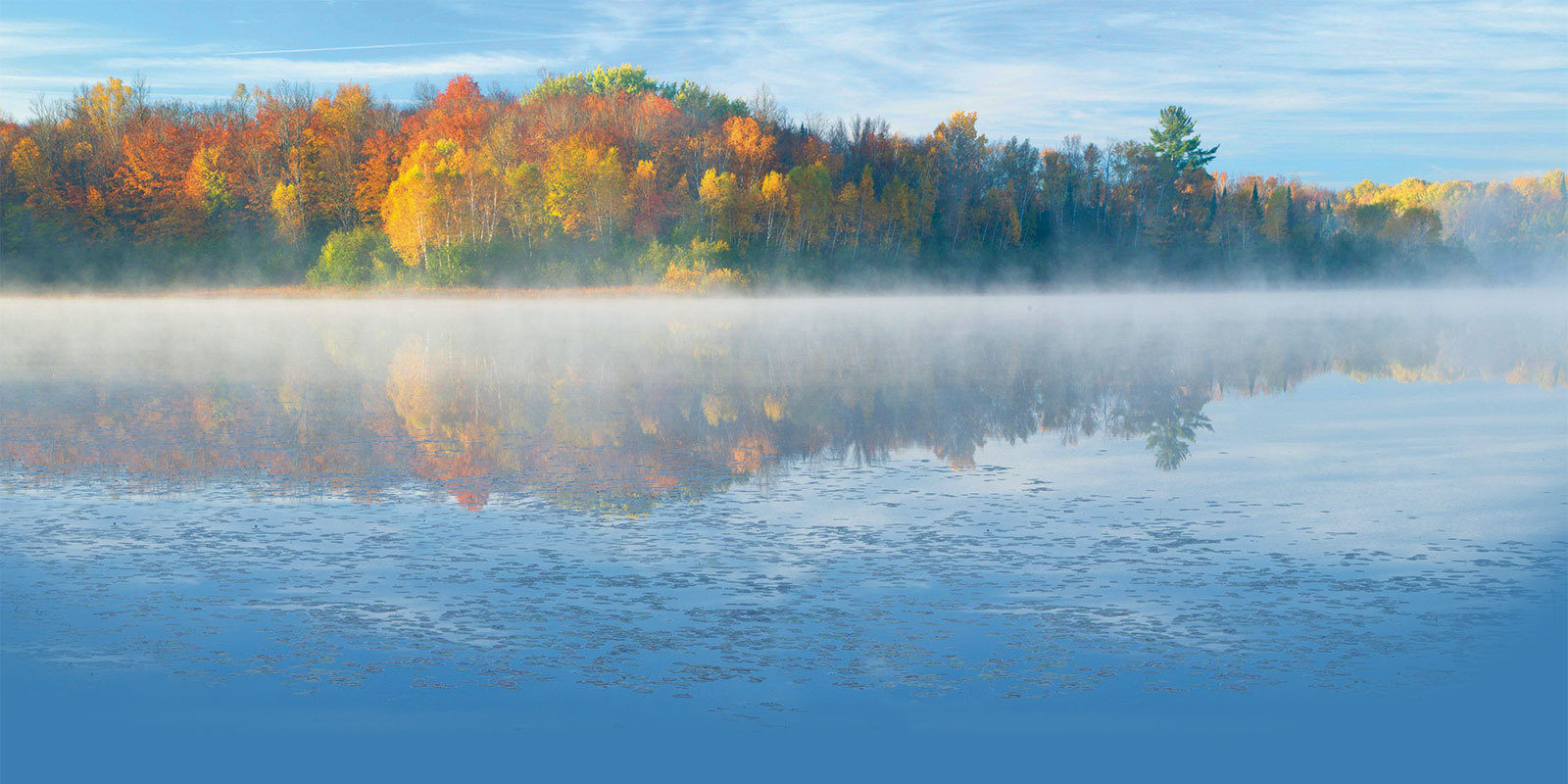This story appeared in the Fall 2022 Letters & Science magazine.
In order to keep our planet livable, humans must not only stop carbon dioxide from entering the atmosphere but also remove much of the carbon that’s already present, according to the most recent report from the Intergovernmental Panel on Climate Change (IPCC). While new technologies are springing up to do just that, scientists like Bailey Murphy are taking a hard look at an age-old solution: forests.

Murphy fell in love with forests as a child growing up in Valdez, Alaska, where her family did plenty of hiking and camping in the backcountry. But it wasn’t until she worked as an undergraduate researcher in the HJ Andrews Experimental Forest in Blue River, Oregon that she got interested in the possibilities of managing forests for maximum carbon sequestration.
“I thought, we are harvesting and managing these forests, and what is the impact?” Murphy says. “How could management mitigate future climate change impacts?”
At UW-Madison, Murphy joined the Ecometeorology Lab led by Atmospheric and Oceanic Sciences professor Ankur Desai and began gathering data in the Chequamegon-Nicolet National Forest as part of the lab’s intensive field campaign known as CHEESEHEAD (“Chequamegon Heterogeneous Ecosystem Energy-balance Study Enabled by a High-density Extensive Array of Detectors”). As a temperate Midwestern forest, the Chequamegon-Nicolet features a mix of coniferous and deciduous species. Carbon cycling here is different from what would be seen in a high-latitude boreal forest or a temperate rain forest in the Pacific Northwest. As Murphy points out, most of our knowledge about long-term forest carbon dynamics is drawn from old-growth forests.
“Our Wisconsin forests were largely clearcut with the arrival of European settlers,” she says. “The oldest stands are just now getting to the 200-, 250-year-old mark. It is exciting to be reaching this point and be able to re-evaluate some of the things we thought we knew, and adding to what we didn’t know, about carbon sequestration in these forests.”
Murphy worked with other researchers (and several high-tech instruments) to gather data about forest structure and function at nine sites in the Chequamegon-Nicolet.
What they found was that the vertical structure of the forest was the most important variable in predicting its function (its ability to “suck carbon out of the air and turn it into biomass,” as Murphy puts it). The more varied the structure, the better the forest performed.
“Does the forest change as you move from the ground up? Are multiple canopies and age classes present? Wisconsin forests are managed with a high degree of heterogeneity, which helps them capitalize on their resources of light, water and air,” she says.
Murphy is now working on extrapolating her results. She’s feeding her data, as well as climate modeling outputs, into a dynamic ecosystem model that will show whether the conclusions she’s reached will hold at other sites in other temperate forests across the U.S. If so, they could possibly be used to influence policy at the state and even federal level. There’s an economic angle, as well. If Wisconsin forests have the potential to perform well as carbon sinks, could private landowners be incentivized to tweak their management strategies to maximize this function?
“We are seeing carbon markets popping up everywhere,” Murphy says. “This is something that the state of Wisconsin is really interested in exploring.”
